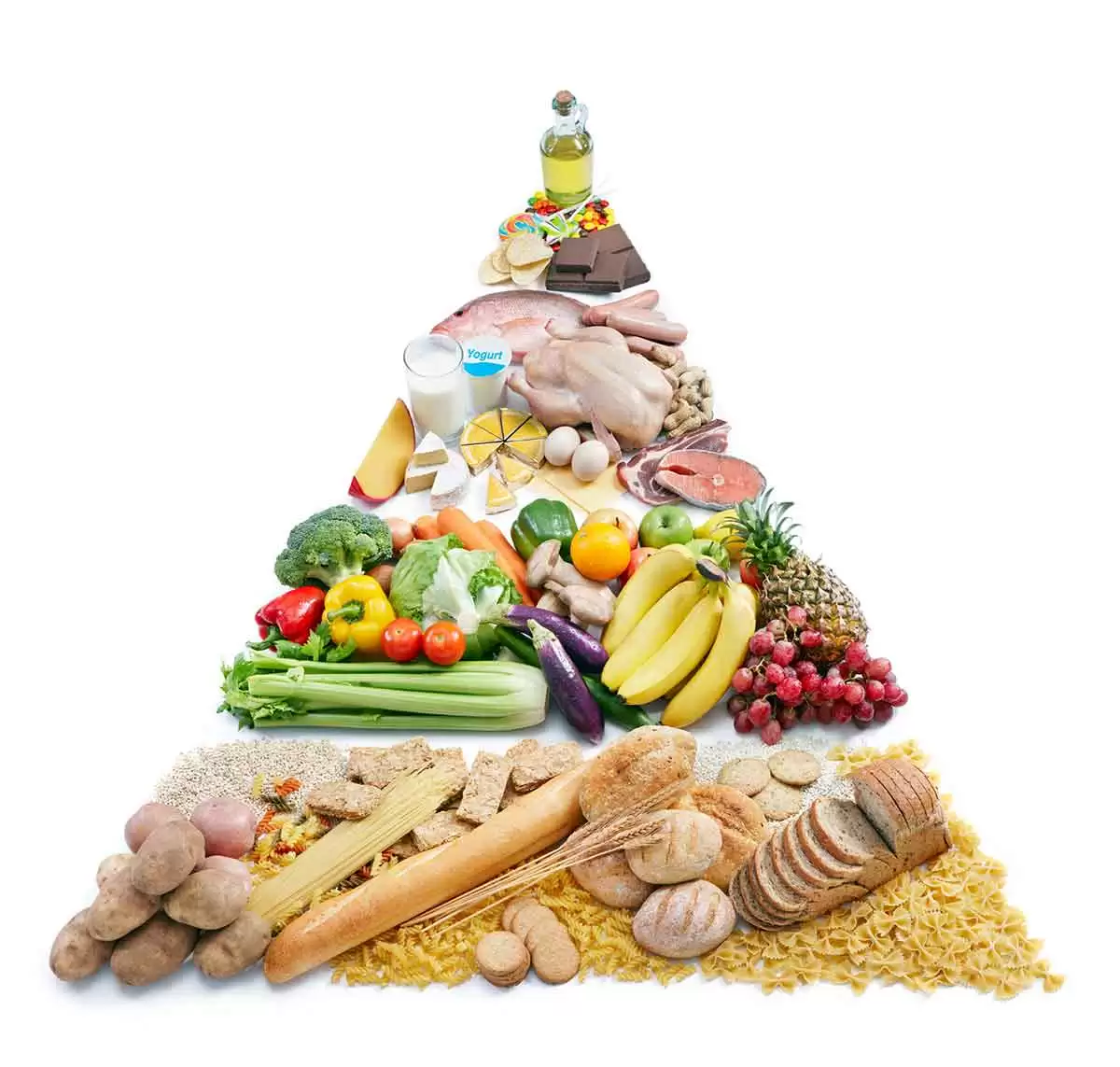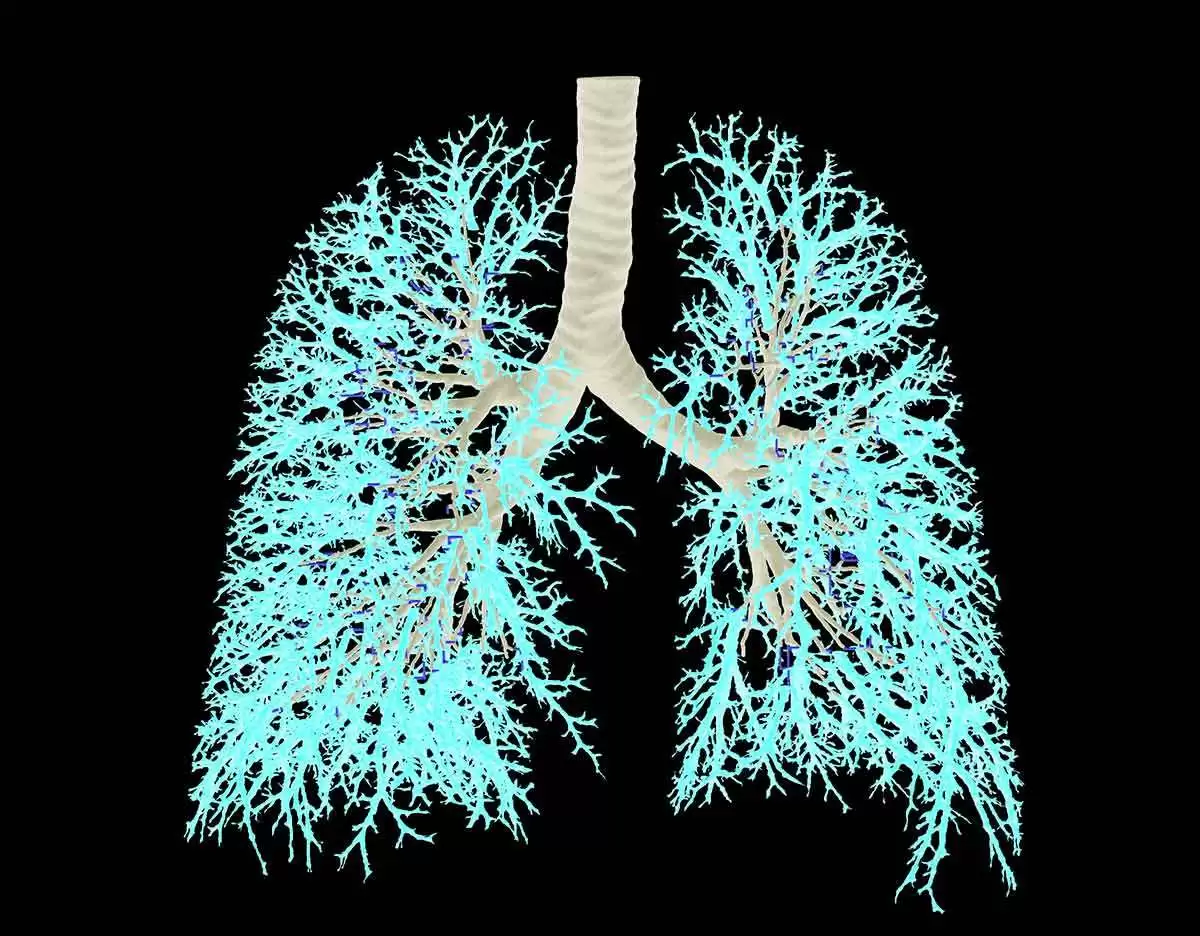
Celiac.com 05/06/2022 - To the newly diagnosed celiac patient, beginning a gluten free diet is often overwhelming, confusing, and sometimes, depressing. Initially it may be a relief to finally have a diagnosis. All seems easy and uncomplicated when sitting in the comfort of the doctor’s office. A visit to the store and the purchase of a few things that may be safe to eat is the time when most of us come face-to-face with the fact that life as we knew it is over.
If you are lucky and do some homework, you find that gluten is hidden in almost everything. Gluten is the protein in wheat, rye, barley and oats. Or is it? Conflicting information regarding gluten abounds. Some authorities believe oats are safe for the celiac patient, and gluten is frequently being listed as including only wheat, rye, and barley.
Celiac.com Sponsor (A12):
Too many people—especially the newly diagnosed—receive conflicting information. They aren’t even sure what gluten is, and then they have to contend with the added misinformation about oats. It is a difficult situation—that sometimes gets even worse. For instance, we are continually amazed by the number of people that think that a “little” gluten is okay. Unfortunately, too many doctors and dieticians tell their patients that as long as their symptoms are gone they can safely have gluten occasionally. This is just plain wrong. It goes far beyond the oats debate in the literature, and it is of concern to those of us who have maintained a gluten free diet with zero symptoms and clean blood tests for many years.
But what about eating oats? According to Hogberg, et al., oats “can be accepted and tolerated by the majority of children with CD” (1) . This conclusion is based upon their finding that those subjects who consumed oats showed intestinal and serological recovery after one year of the diet. The indicators used to measure this recovery were blood tests and biopsies. The same group also reports that while 20% of the test subjects dropped out of the study, all subjects who stayed with the study showed no adverse effects from including oats in their diets. But what about the 20% who dropped out? How carefully were the symptoms of any of the subjects in this study monitored? Because these subjects were newly diagnosed, there was no basis for comparison with their previous experience and/or symptoms on a gluten-free diet.
In counterpoint to the Hogberg group’s findings, a very different story is told by the research conducted by Peraaho et al. They looked at the impact of oats on the quality of life along with gastrointestinal signs and symptoms. They compared these findings to similar examinations of a control group of celiac patients who were eating a gluten-free diet that did not include oats (2) . While the quality of life did not differ between these groups, those eating oats experienced significantly more frequent diarrhea. They also experienced more severe constipation, and a small but significant increase in intraepithelial lymphocytes was revealed in their biopsies. The Peraaho group did report, in congruence with the Hogberg et al. findings, that the villous architecture did not differ between groups, and antibody levels did not increase among those eating oats.
Both studies are very revealing. They show us that symptoms can sometimes be more revealing than test results, and that the serological and endoscobic evidence, without counting intraepithelial lymphocytes (IELs) can only provide a crude measurement of disease. While the Marsh system for evaluating biopsies for celiac disease requires counting IELs, and is widely accepted, too many pathologists and gastroenterologists continue to rely on the villous morphology alone when they rule out celiac disease.
Peraaho et al. identified two important weaknesses in research that suggests oats are safe for celiac patients. First, the intestinal biopsy will miss a number of cases of celiac disease if IELs are not counted, so oats advocates should include IEL counts. Second, many celiacs are exquisitely sensitive to gluten, and their reactions are far more accurate than many supposedly objective tests (please bear in mind that some/many of us can be symptom-free while the disease progresses and gluten causes internal injuries). Thus, the level of our well-being is in our own hands and is a function of the extent to which we comply with the gluten-free diet.
Further, many of us are simply not able to tolerate oats. We suggest the following approach: First, ensure that your diet is absolutely gluten free, including hidden gluten and cross-contamination. Then, if the idea of adding a grain to your diet is important to you, try oats that have not been contaminated through growing, harvesting, or processing. If you remain symptom free when eating oats, enjoy. Be aware, however, that a significant portion of celiac patients clearly react to oats, and the elevation of IELs, along with the increased bowel symptoms should suggest erring on the side of caution and avoiding oats if any signs or symptoms appear.
Co-authored by and Ginny Nehring.
References:
- 1. Hogberg L, Laurin P, FalthMagnusson K, Grant C, Grodzinsky E, Jansson G, Ascher H, Browaldh L, Hammersjo JA, Lindberg E, Myrdal U, Stenhammar L. Oats to children with newly diagnosed coeliac disease: a randomised double blind study. Gut. 2004 May;53(5):649-54.
- 2. Peraaho M, Kaukinen K, Mustalahti K, Vuolteenaho N, Maki M, Laippala P, Collin P. Effect of an oats-containing gluten-free diet on symptoms and quality of life in coeliac disease. A randomized study. Scand J Gastroenterol. 2004 Jan;39(1):27-31. Co-author Dangerous Grains ISBN: 1- 58333-129-8










Recommended Comments
There are no comments to display.
Create an account or sign in to comment
You need to be a member in order to leave a comment
Create an account
Sign up for a new account in our community. It's easy!
Register a new accountSign in
Already have an account? Sign in here.
Sign In Now